Mistral’s VRTS
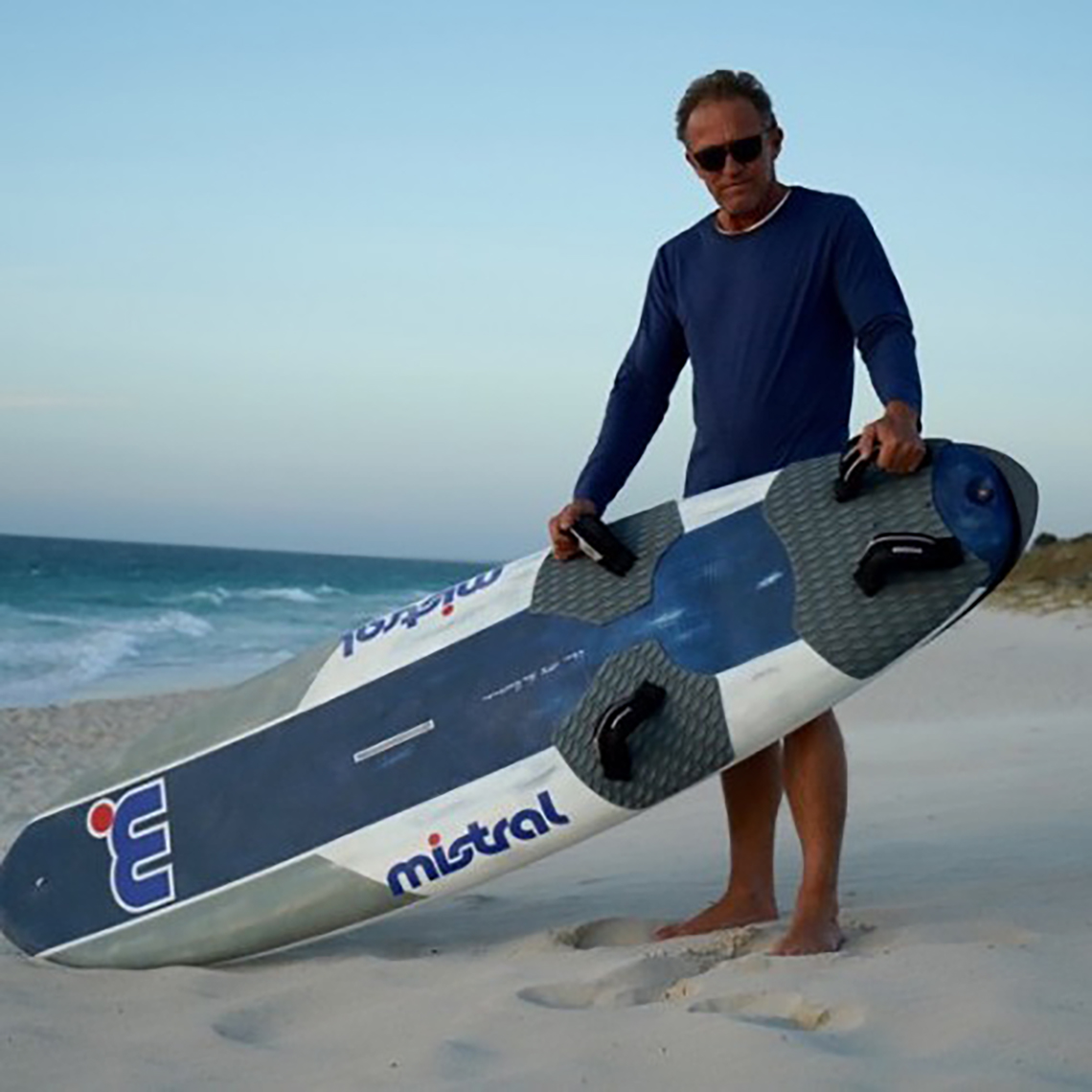
Variable Rocker Trim System Taking the sport into the comfort zone
- The VRTS technology, is a fully incorporated trim-system fixed to the board.
- The carbon plate is attached by a series of brass screw fitting.
- Plate extends beyond the end of the primary hull thereby encouraging much improved release.
- It’s function is primarily related to the trimming of the boards angle of travel.
- Many benefits manifest from the flexible nature of the plate.
- The degree of flex and travel of the plate is adjusted through a thumb twist adjuster.
- Adjustable tail rocker.
- Adjust the board’s trim to keep it more parallel to the water line.
- Improves optimum angle of plane.
- Micro-adjust the board’s angle of trim.
- Adjust to differing body weights.
- Adjust according to different wind strengths to optimise trim.
- Adjust according to different sea states for comfort and control.
- Early planing encourage by fine tuning tail rocker.
- Continuous board rocker promotes improved angle of attack.
- Upwind performance is improved.
- Smoother ride results from shock-absorbing qualities of the plate.
- Tail-walking is eliminated.
- Roaster-tails flattened out.
- Skim over bumps rather than smacking into them.
- Board and body enjoy a smoother ride.
- Extended planing time.
- Cavitation reduced as the flex-plate extends beyond the fin box and the end of the board.
- Flexing (tensioning) and release (relaxing) of the plate improves consistency of laminar flow.
- Gybing smoothness improved.
- Gybing control improved.
- Straight line speed and control improved.
- Wind off the adjuster to soften the ride, increase control.
- Wind on the adjuster to reduce pitch angle of the hull and lessen rocker, promote early planing.
- Permits adjustment to suit the rider to improve performance, control and enjoyment.
- Better by design over former concepts - even over our Challenge Flex of the late 1980s (below).

Plate simply slides in place and is secured with screws. Winding off the screw in lighter winds, will permit the flex-tail to compress and spring back to shape over a great range of travel, acting as a shock-absorber, while also reducing the wettedsurface area, without fear of loss of control.

As wind strengths increase, tensioning of the screw downward, to either be in contact or just off from the plate, helps negate increased pitch (angle) of the hull as the board rollsback onto the tail as the nose rises with increasing speeds, increased footpressure and lift generated through force acting on the sail. As the plate flexes, it will meet the screw and its travel will be stopped. Tensioning the screw therefore, lessens the rocker line almost to neutral if you wish, encouraging early planing times and reduces incidents of stalling, so as the angle of attack remains optimum.


JP-Australia’s 2025 Innovations – Collection Overview!
JP-Australia, a leader in the windsurfing industry, has just revealed its 2025 collection, bringing new technology, updated shapes, and innovative boards to elevate the water sports experience. From the groundbreaking S-TEC construction to enhanced designs of classic models and specially crafted boards for kids, the brand continues to focus on quality and excellence in every detail. Read on for a closer look!
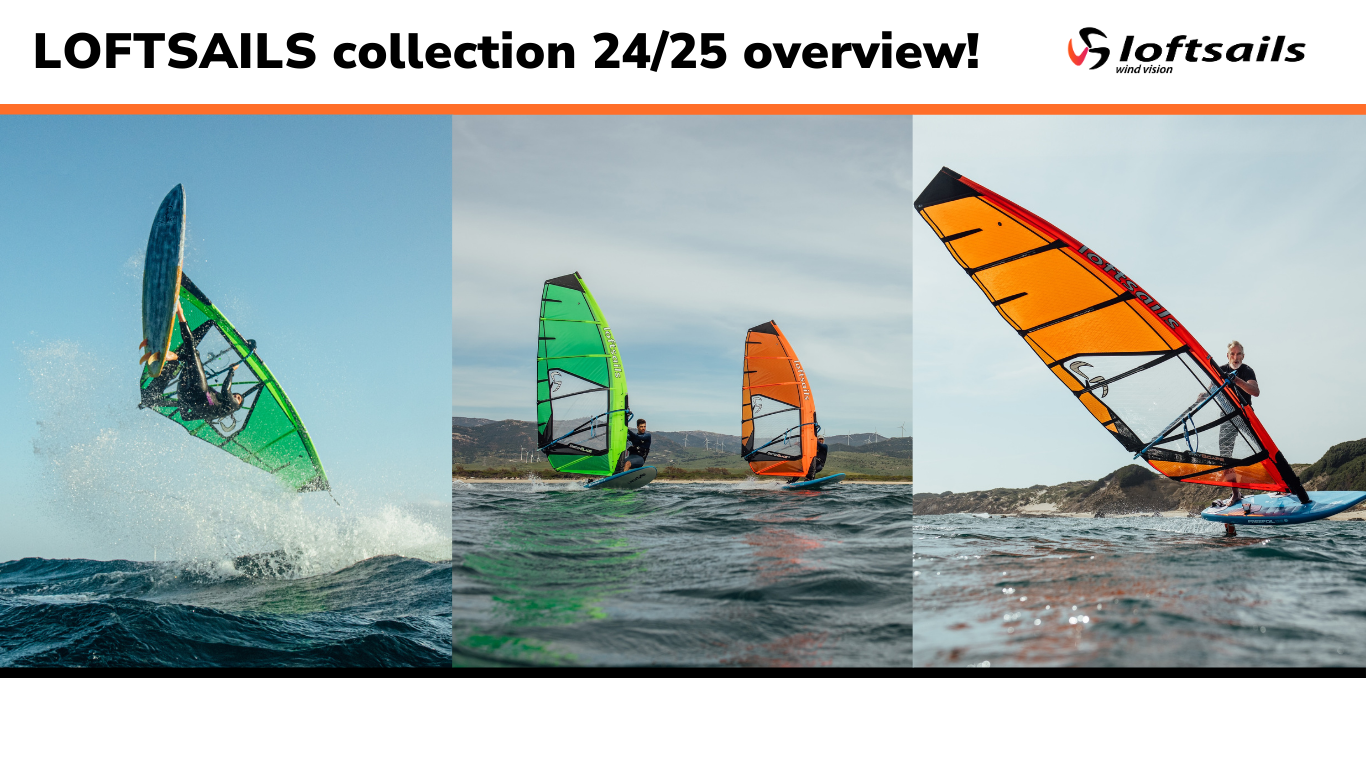
Loftsails 24/25 collection
We are thrilled to present the latest 24/25 Loftsails collection, now available for pre-order! This exciting line results from innovative technologies and years of experience that Loftsails has gathered in the world of windsurfing. Get to know the description of each model.
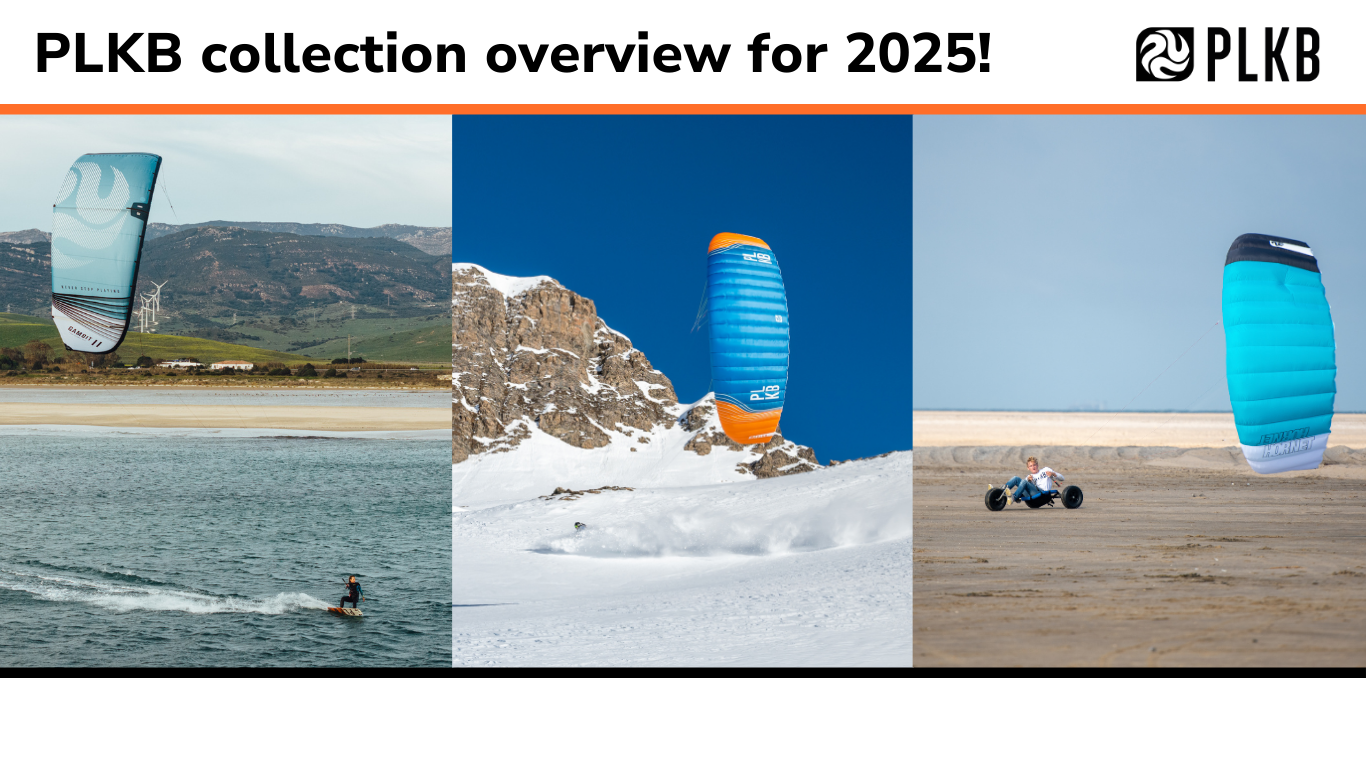
PLKB 2025 Collection – Kites and Gear for Kitesurfing, Snowkiting, and Landkiting!
Since we have launched preorders for 2025, and we are excited to present the entire collection from PLKB (Peter Lynn Kiteboarding). For years, this brand has been offering high-quality gear for kite, snow, and land kiting, allowing every kite sport enthusiast to find something suited to their needs, regardless of the terrain or season. PLKB’s extensive experience in creating kites that exceed expectations sets them apart, making every session enjoyable and thrilling. PLKB has taken on the challenge of outperforming major brands, overcoming all obstacles along the way.
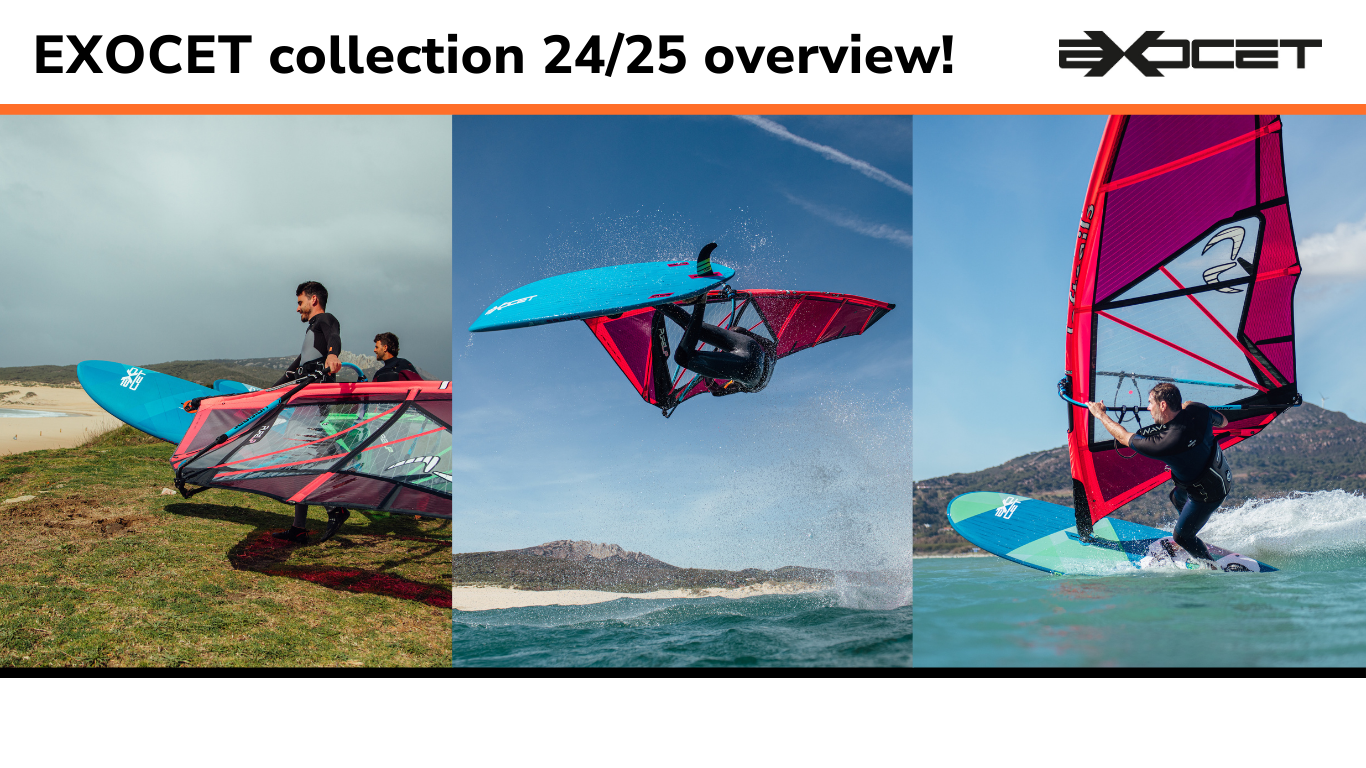
Exocet boards collection review for 2024/2025. Available for pre-order!
Meet EXOCET's collection of windsurfing boards for the 2024/ 2025 season, which is now available in pre-order! In the range of this french brand you will find constructions for classic windsurfing on the fin, as well as for foil. In this article we will acquaint you with the individual models to help you choose the right equipment for yourself ;) Don't hesitate to sign up for a preorder and get the latest model at a favorable price!

Win a NeilPryde Waterwear wetsuit!
Together with NeilPryde Waterwear, we're announcing a contest where you can win any wetsuit from the NeilPryde's range. Check the details below:

King of the Bay report!
What a weekend it was!!! 🤩 Rewa welcomed us royally! For four days, we enjoyed beautiful sunshine and conditions that allowed us to not only hold the planned races but also to carry out all other activities. The turnout exceeded our wildest expectations. Over 240 competitors registered for the event, and in addition to the participants, crowds of water sports fans flocked to Rewa. Everyone came with one goal: to spread passion and love for windsurfing, kitesurfing, wing foiling, SUP, and pump foiling! I'm still not fully recovered from this magical water sports festival, but the boost of positive energy and motivation we received, both myself and our entire EASY-surfshop team... It's simply indescribable! So much happened during these four days, and the event itself could be divided into two parts: racing and festival-market, which I'd like to briefly present to you.

What kind of wetsuit to choose? - learn tips to help you choose the right wetsuit
Are you planning to embark on a windsurfing, kit or foil adventure? If so, the first thing you will need is definitely a neoprene wetsuit, it will be an integral part of your equipment. The variety of wetsuits on the market can be overwhelming, so we'll give you a brief overview of the key elements when choosing the right one, but let's start with what exactly are they?
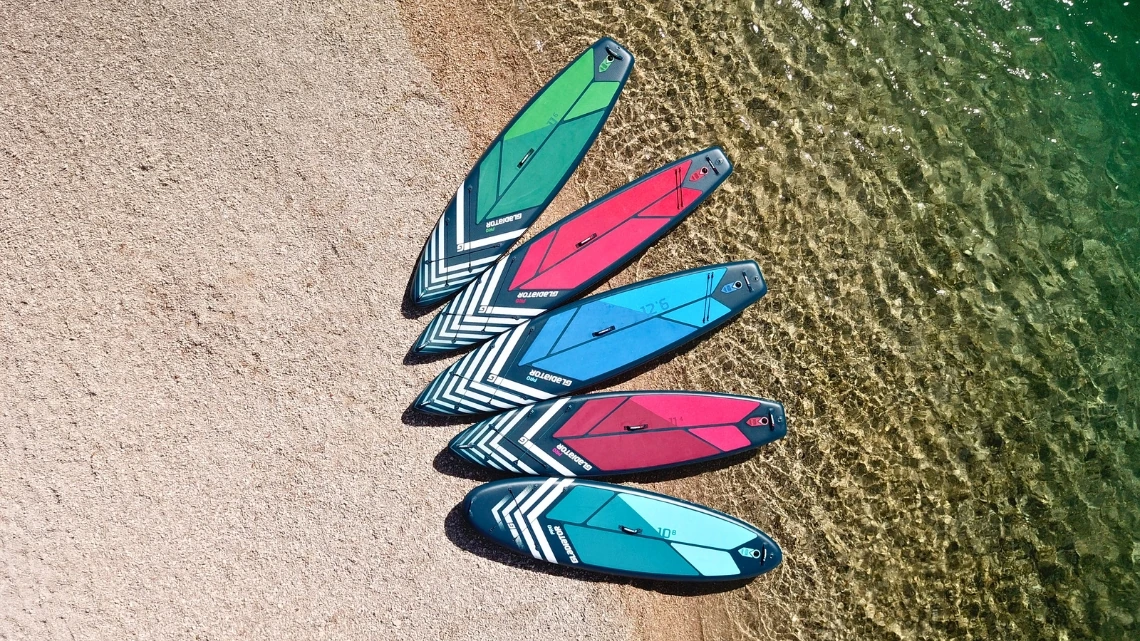
Gladiator SUP board collection review for 2024
SUP is an increasingly popular water sport that combines elements of recreation, training and adventure. If you're passionate about water activities, you've certainly heard of the Gladiator brand. Take a virtual tour of their SUP board collection for 2024!















 Facebook
Facebook Instagram
Instagram YouTube
YouTube